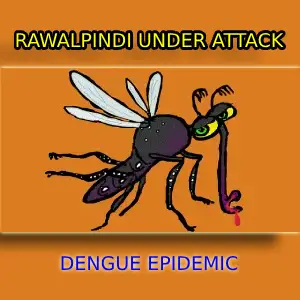Significant Rise in 6 Year in Whooping cough in Southern Australia
South Australia is currently experiencing a significant surge in whooping cough cases, with 492 infections reported in 2024—marking the highest number in six years. The increase is part of a broader national trend, with over 25,000 cases of pertussis recorded across Australia this year. This article provides an overview of the outbreak, its causes, transmission, and the current epidemiological context.

Overview
Whooping cough, or pertussis, is a highly contagious respiratory infection caused by the bacterium Bordetella pertussis. The disease is characterized by severe coughing fits, which can be accompanied by a distinctive “whooping” sound as the patient inhales deeply. The recent wave of whooping cough in South Australia is notable for its rapid escalation and high case numbers compared to previous years.
Causes
Whooping cough is caused by the bacterium Bordetella pertussis, which infects the respiratory tract and leads to inflammation and severe coughing. The infection typically starts with mild cold-like symptoms but progresses to intense coughing spells that can last for weeks. The disease is especially dangerous for young infants, who are at high risk of severe complications.

Transmission and Prevalence
The primary mode of transmission for whooping cough is through respiratory droplets expelled when an infected person coughs or sneezes. The disease is highly contagious, making close contact with infected individuals a significant risk factor. The current surge in cases has been linked to a decrease in vaccination rates and the waning immunity of previous vaccinations. In South Australia, the number of cases in 2024 has surged to the highest level in six years, with 492 reported cases so far. This spike follows a smaller wave in 2020, which was likely mitigated by increased COVID-19 precautions such as mask-wearing and social distancing.
Epidemiology
The epidemiological pattern of whooping cough often follows a cyclical trend, with significant waves occurring every three to four years. Historical data shows that South Australia experienced a major outbreak around 2016-2017, followed by a smaller wave in 2020. The current wave reflects a resurgence in cases, driven by decreased public health measures and reduced vaccination coverage. The National Communicable Disease Surveillance Dashboard reports over 25,000 cases across Australia in 2024, underscoring a widespread issue.

Public health officials, including South Australia’s Chief Public Health Officer, Professor Nicola Spurrier, emphasize the importance of vaccination to combat the surge. Pregnant women are particularly urged to get vaccinated to protect their newborns, as maternal vaccination can provide critical early immunity to infants who are too young to be vaccinated themselves.
Conclusion
The rise in whooping cough cases in South Australia and across Australia highlights the need for renewed vigilance and vaccination efforts. Understanding the causes, transmission, and epidemiological trends of the disease can help in managing and preventing further outbreaks. Public health initiatives are crucial in addressing this resurgence and protecting vulnerable populations from the severe effects of whooping cough.







